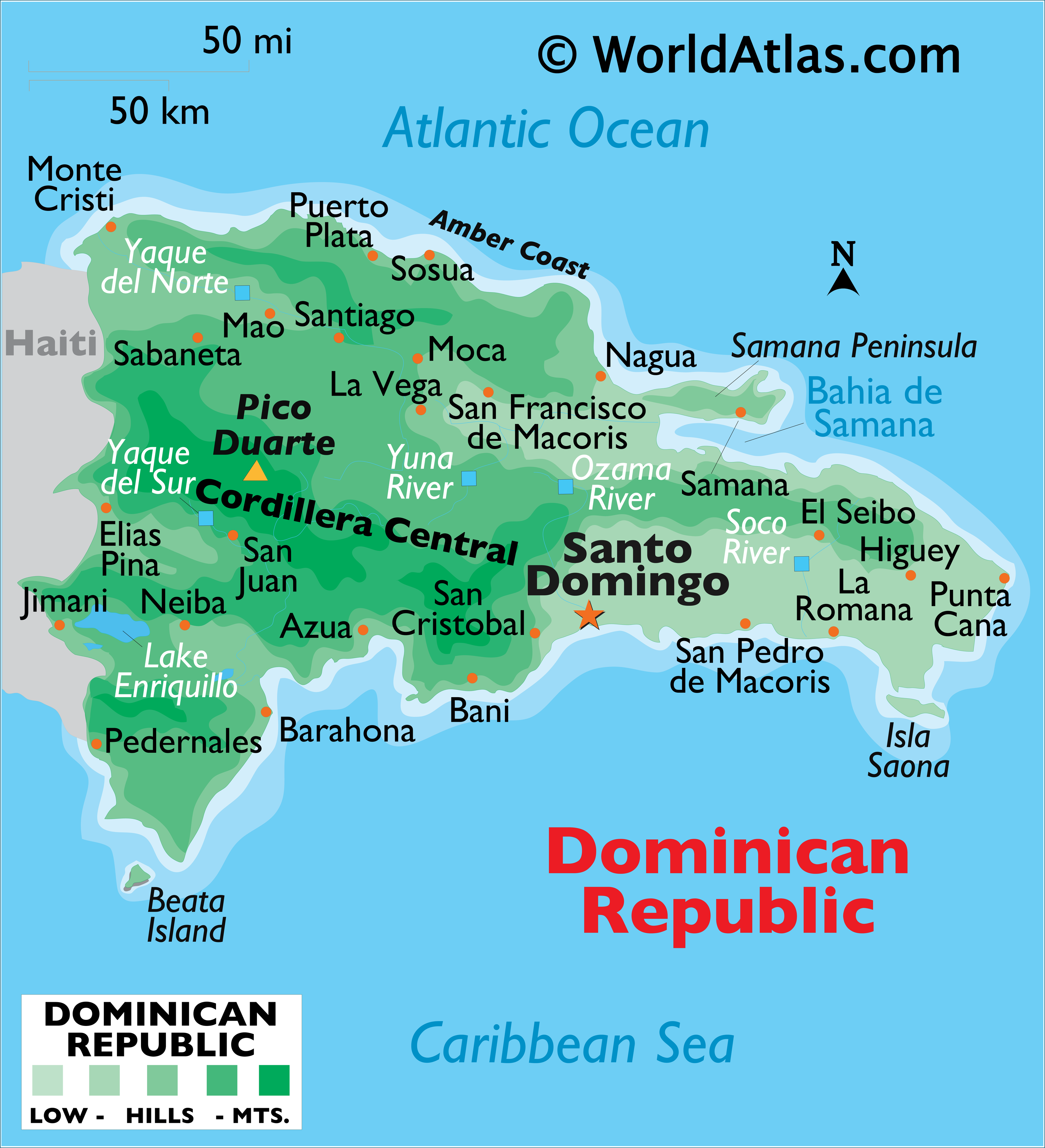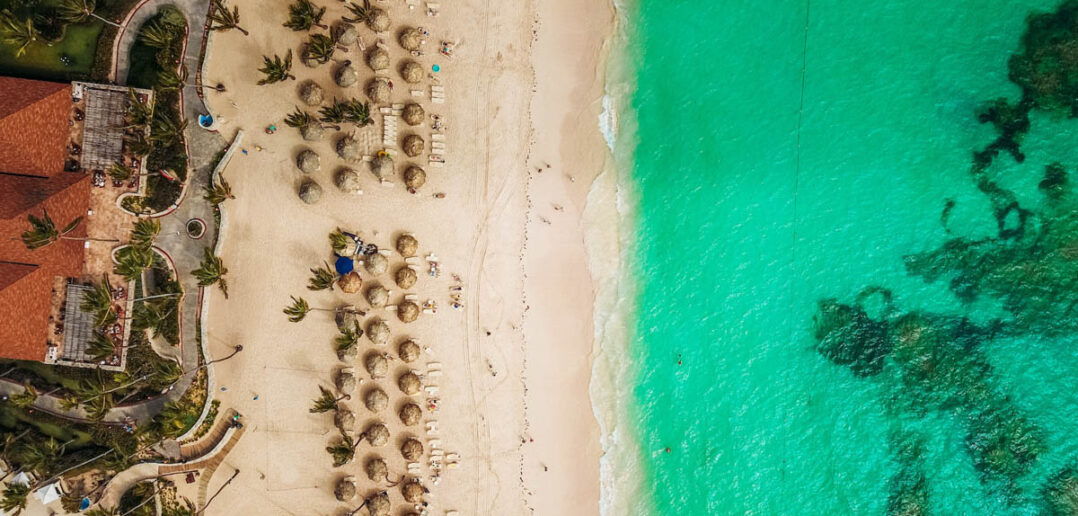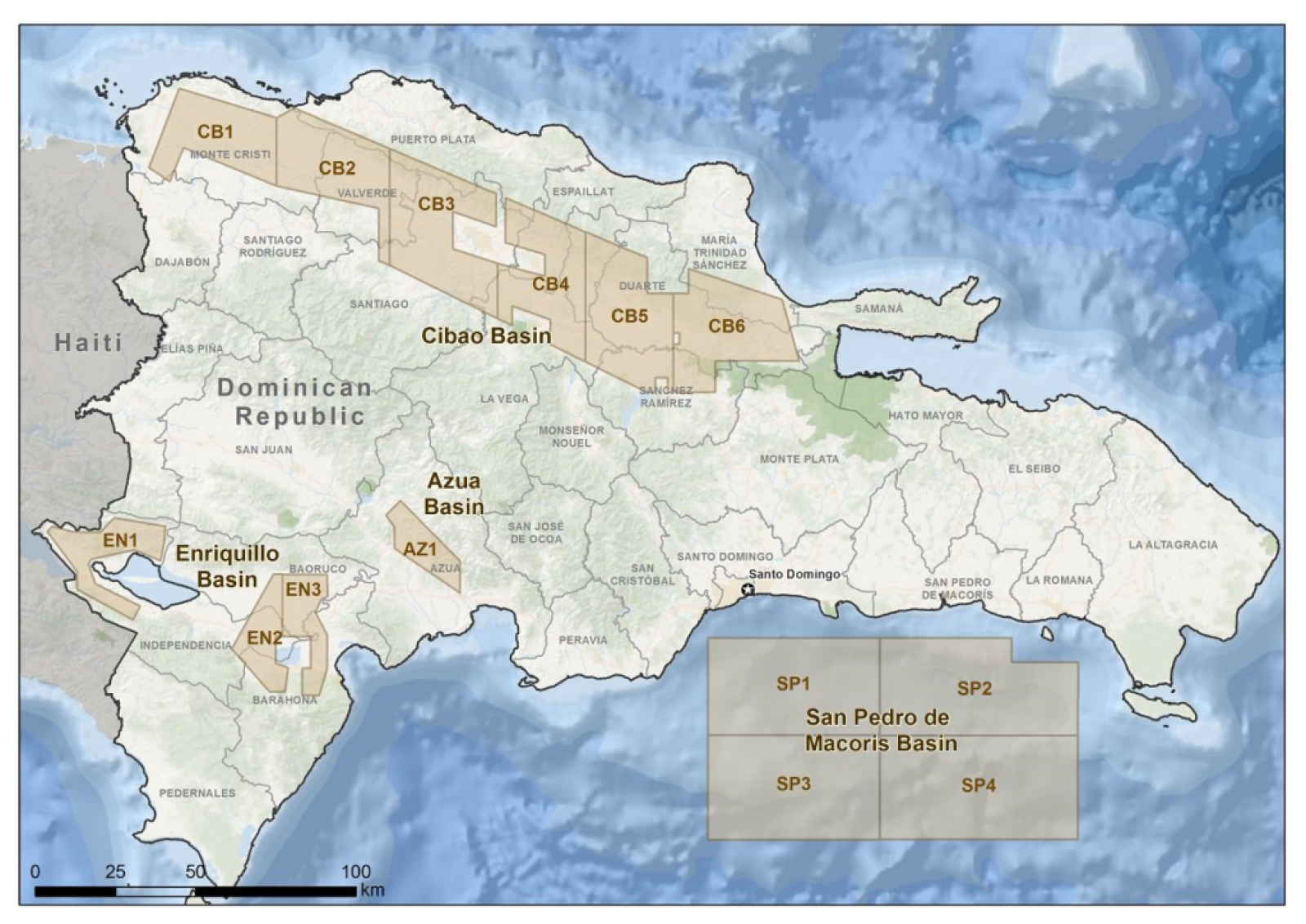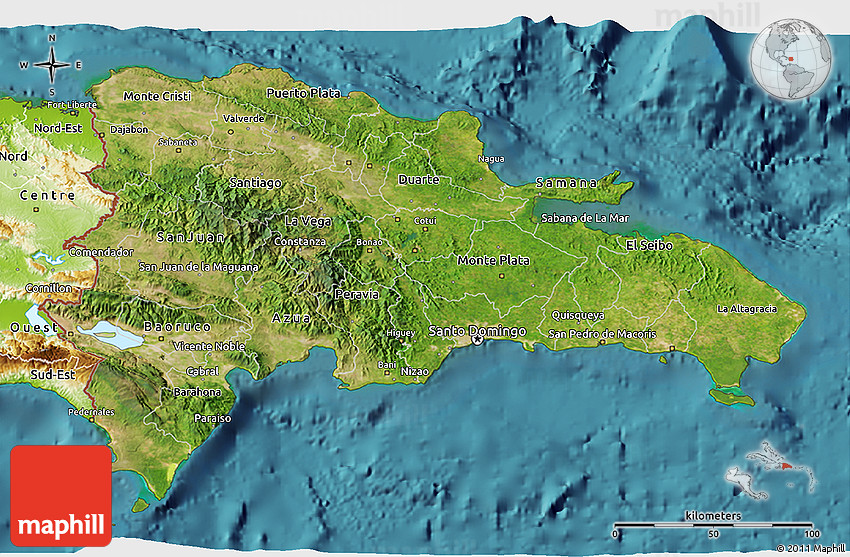Unveiling the Dominican Republic: A Geographical Exploration
Related Articles: Unveiling the Dominican Republic: A Geographical Exploration
Introduction
With great pleasure, we will explore the intriguing topic related to Unveiling the Dominican Republic: A Geographical Exploration. Let’s weave interesting information and offer fresh perspectives to the readers.
Table of Content
Unveiling the Dominican Republic: A Geographical Exploration

The Dominican Republic, a vibrant island nation nestled in the Caribbean Sea, is a captivating destination that seamlessly blends breathtaking landscapes, rich history, and a captivating culture. To truly appreciate its allure, one must first understand its geographical context.
A Caribbean Jewel: Location and Topography
The Dominican Republic occupies the eastern two-thirds of the island of Hispaniola, sharing the western portion with Haiti. Situated between the Atlantic Ocean and the Caribbean Sea, it boasts a diverse and captivating landscape.
A Tapestry of Landscapes:
- Coastal Zones: The Dominican Republic is blessed with an extensive coastline, featuring pristine white-sand beaches, turquoise waters, and verdant palm trees. The northern coast is known for its vibrant coral reefs and bustling beach towns, while the southern coast offers tranquil stretches of sand and secluded coves.
- Mountain Ranges: The island’s interior is dominated by the Cordillera Central mountain range, a dramatic spine that rises to impressive heights. Pico Duarte, the highest peak in the Caribbean, stands proudly at 3,175 meters (10,417 feet). These mountains provide a breathtaking backdrop and serve as a vital source of freshwater.
- Fertile Valleys: Nestled between the mountains are fertile valleys, home to lush agricultural lands that produce a bounty of tropical fruits, coffee, and sugarcane. These valleys are also dotted with charming towns and villages, offering a glimpse into the authentic Dominican way of life.
- Diverse Ecosystems: The Dominican Republic is a haven for biodiversity, showcasing a wide range of ecosystems. From lush rainforests teeming with exotic birds and rare reptiles to dry scrublands home to unique cacti species, the island offers a diverse tapestry of natural wonders.
A Land of Contrasts: Climate and Weather
The Dominican Republic enjoys a tropical climate, characterized by warm temperatures year-round. However, distinct regional variations exist. The north experiences a drier climate, with less rainfall, while the south is generally more humid.
- The Influence of Trade Winds: The island’s weather patterns are significantly influenced by the trade winds, which bring refreshing breezes and occasional showers.
- Hurricane Season: Like many Caribbean islands, the Dominican Republic is susceptible to hurricanes during the Atlantic hurricane season, typically from June to November.
A Tapestry of Culture and History:
The Dominican Republic’s geographical location has played a pivotal role in shaping its rich and complex history. Its strategic position in the Caribbean has made it a crossroads of cultures, influences, and historical events.
- The Legacy of Columbus: The island was the site of Christopher Columbus’s first landing in the New World in 1492, marking a pivotal moment in history. This event left a lasting impact on the island’s cultural landscape and its people.
- A Tapestry of Influences: The Dominican Republic’s cultural heritage is a vibrant blend of indigenous Taíno traditions, Spanish colonialism, and African influences brought by enslaved people. This unique mix is evident in the island’s music, dance, art, and cuisine.
- A Nation of Resilience: The Dominican Republic has weathered numerous challenges throughout its history, including colonial rule, political turmoil, and economic hardships. However, its people have shown remarkable resilience and determination, forging a vibrant and independent nation.
Economic Landscape: A Growing Nation
The Dominican Republic is a developing nation with a diverse economy. Tourism plays a significant role, attracting millions of visitors annually who are drawn to its pristine beaches, vibrant culture, and historical sites.
- Agricultural Backbone: Agriculture remains a vital sector, contributing significantly to the economy. Coffee, sugar, cocoa, and tobacco are key exports.
- Manufacturing and Free Trade Zones: The Dominican Republic has made strides in manufacturing, with free trade zones attracting foreign investment and contributing to economic growth.
- Challenges and Opportunities: The nation faces challenges such as poverty, inequality, and environmental degradation. However, it also boasts immense potential for growth and development, particularly in areas such as tourism, renewable energy, and technology.
Navigating the Dominican Republic: A Geographical Overview
To truly appreciate the Dominican Republic’s beauty and complexity, it is essential to understand its geographical features and their impact on the nation’s history, culture, and economy.
Key Geographical Features:
- The Cordillera Central Mountain Range: This dominant feature forms the island’s backbone and is a source of freshwater, scenic beauty, and biodiversity.
- The Coastal Zones: The Dominican Republic’s extensive coastline, with its pristine beaches, offers a vibrant tourism sector and a source of livelihood for many communities.
- The Fertile Valleys: These valleys, nestled between the mountains, are vital agricultural zones, producing a bounty of crops.
- Diverse Ecosystems: From lush rainforests to dry scrublands, the Dominican Republic boasts a remarkable array of ecosystems, showcasing its rich biodiversity.
Understanding the Impact:
- Cultural Influence: The island’s geographical features have influenced its cultural development, shaping its traditions, music, and cuisine.
- Economic Development: The Dominican Republic’s diverse landscape has contributed to its economic growth, supporting tourism, agriculture, and manufacturing.
- Environmental Challenges: The island faces environmental challenges, such as deforestation and pollution, which require careful management and sustainable practices.
Exploring the Dominican Republic: A Geographical Perspective
By understanding the Dominican Republic’s geography, one can appreciate the unique blend of natural beauty, cultural richness, and historical significance that makes this island nation a captivating destination.
FAQs
Q: What is the size of the Dominican Republic?
A: The Dominican Republic covers approximately 48,442 square kilometers (18,700 square miles), making it the second-largest island nation in the Caribbean.
Q: What is the highest point in the Dominican Republic?
A: Pico Duarte, located in the Cordillera Central mountain range, is the highest peak in the Caribbean at 3,175 meters (10,417 feet).
Q: What are the major cities in the Dominican Republic?
A: The major cities include Santo Domingo, the capital city, Santiago de los Caballeros, Puerto Plata, and La Romana.
Q: What are the major rivers in the Dominican Republic?
A: The major rivers include the Yaque del Norte, the Yaque del Sur, and the Artibonite River, which flows through both Haiti and the Dominican Republic.
Tips
- Explore the Diverse Landscapes: The Dominican Republic offers a wide range of landscapes, from pristine beaches to lush mountains. Take the opportunity to explore different regions and experience the island’s natural beauty.
- Embrace the Culture: Immerse yourself in the Dominican culture by enjoying the music, dance, food, and traditions. Engage with the local people and learn about their history and customs.
- Respect the Environment: Be mindful of the environment and practice responsible tourism. Avoid littering, support sustainable businesses, and respect the island’s natural resources.
- Learn Basic Spanish: While English is spoken in tourist areas, learning a few basic Spanish phrases will enhance your travel experience and allow you to connect with the local people.
Conclusion
The Dominican Republic is a captivating island nation that offers a unique blend of natural beauty, cultural richness, and historical significance. Its diverse landscapes, vibrant culture, and welcoming people make it a destination that leaves a lasting impression. By understanding its geography, one can gain a deeper appreciation for the island’s beauty and complexity, paving the way for a truly enriching and memorable travel experience.







Closure
Thus, we hope this article has provided valuable insights into Unveiling the Dominican Republic: A Geographical Exploration. We hope you find this article informative and beneficial. See you in our next article!